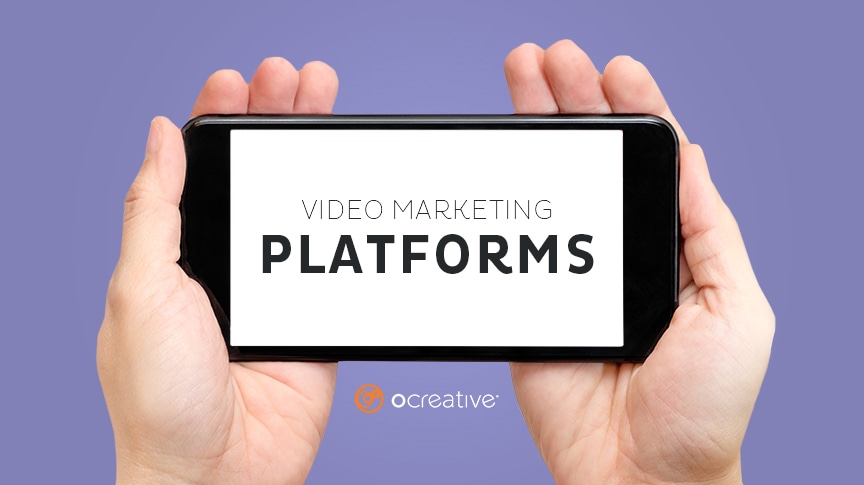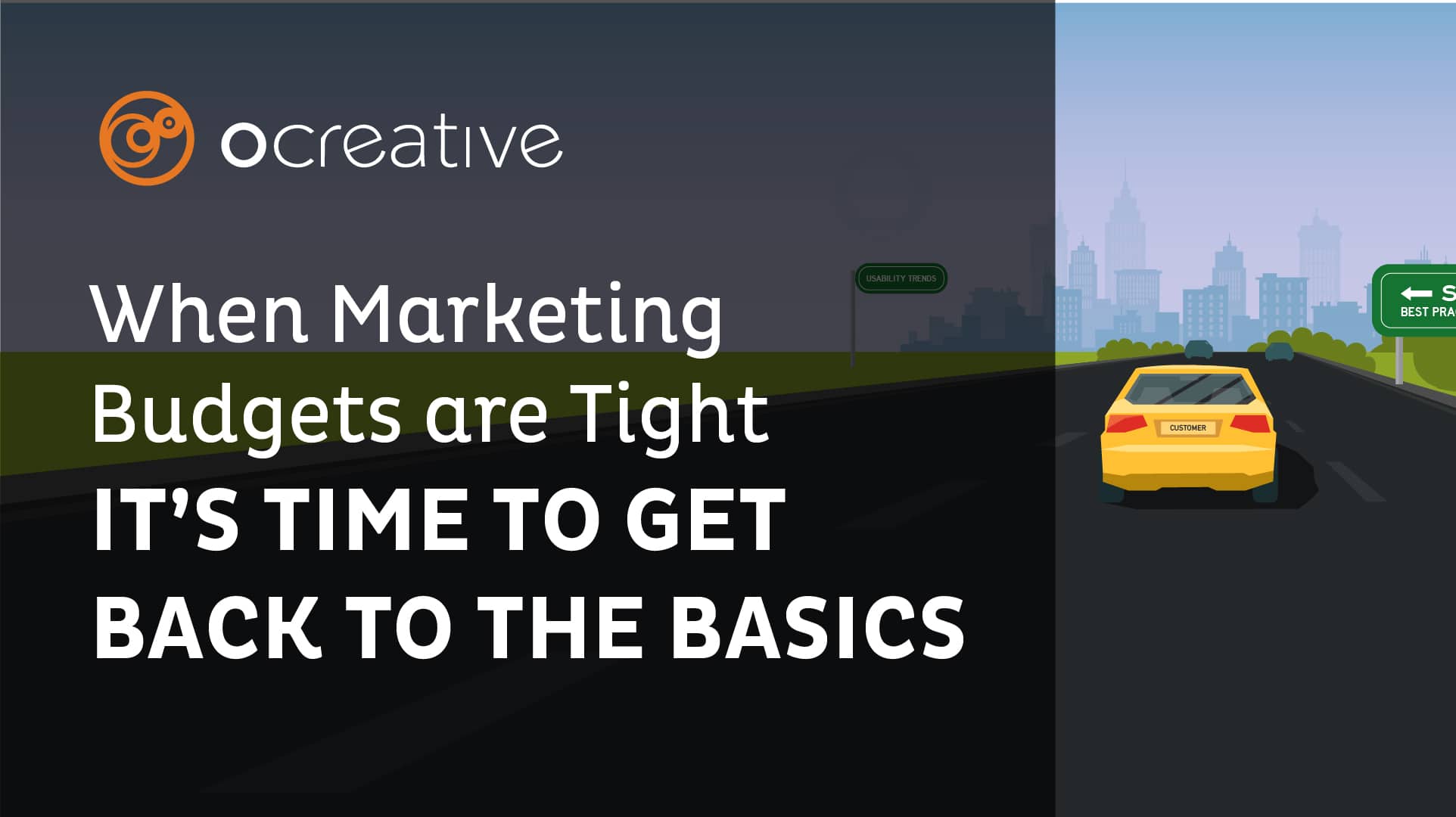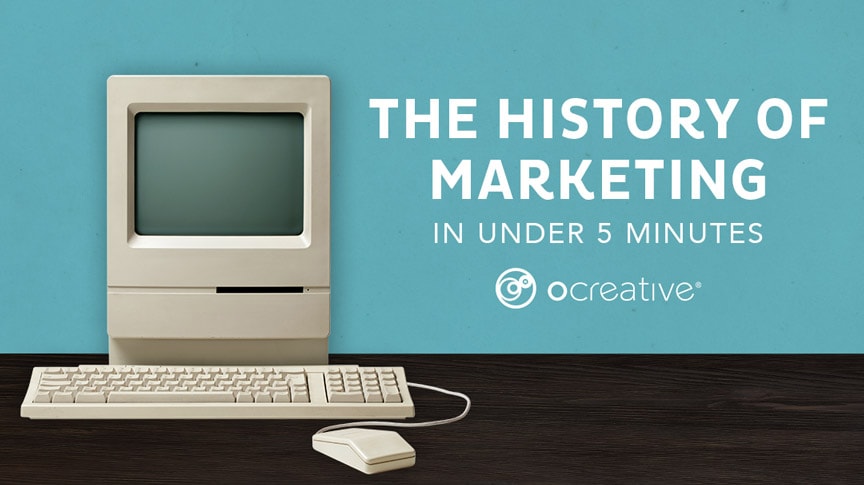Many of us are familiar with the experience of scrolling through social media feeds, breezing through photos and text, when up comes a video. The moving images contrast with the sea of text and static imagery, drawing you in as you watch a company’s newest attempt to win you over to its brand.
Video marketing is becoming an essential part of building a campaign strategy. In our previous video marketing blog, Video Marketing & Engagement, we covered the different types of videos, such as brand videos, demonstration videos, and testimonials as well as a brief overview of what it takes to produce a video.

Once you have produced your video, you must decide how you want to distribute it. Using social media as a method of sharing your video with the public can be a great way to gain traction for your brand and give users the chance to interact with your content. In this article, we will discuss a few of the platforms that you can use to share your video content.

YouTube
One of the largest platforms for video sharing is YouTube. Advertisers and video creators have the opportunity to create different kinds of ads that can reach audience members. Video creators can monetize their videos by joining the YouTube Partner Program, which places ads on videos meeting their current specifications of 4,000 hours watched over the past year and 1,000 subscribers, and has the channel undergo its review process (YouTube Creators). Advertisers can create monetization by creating different kinds of ads including display ads, overlay ads, skippable video ads, non-skippable ads, midroll ads, bumper ads, and mobile ads (YouTube Creators). Another benefit of YouTube is that it is easy to share and embed links across different platforms; however, we recommend being consistent in how you share content so you can track the view counts.
Another popular method of distributing video is through Facebook. Users can be drawn into the videos after scrolling through a newsfeed of static text and images, and the variety of actions users can take, such as sharing, commenting, liking, etc., allows for the possibility of more interaction. In 2016, Animoto conducted a study in which 64% of consumers claimed that watching a video on Facebook had influenced them to make a purchase in the past month, and the same study found that 49% of the consumers surveyed engaged with branded videos daily, compared with the 32% who engaged with YouTube (Animoto).

Additional benefits of using Facebook to market your videos include the ability to use Facebook Insights to view how much video interaction you have had and the ability to boost and sponsor ads to show up in the newsfeed of users who meet your target audience profile (Post Planner). Being able to keep track of how well your videos are being received is a great way to work out what kind of videos are more effective for your brand as well as to troubleshoot what is and is not working to increase audience interest.

It is no surprise that Instagram, an image-heavy social media platform, provides a great opportunity to reach consumers through video. The previously mentioned Animoto study found that 59% of consumers surveyed claimed that they watched branded videos daily on Instagram, which is just 1% less than Facebook’s 60% (Animoto). Like Facebook, Instagram has a large user base, and using video advertising allows for your content to stand out in the Instagram feed. Because of the quick-scrolling nature, however, it is important to consider how your ad is going to be received.
Videos should focus more on imagery because the audio in Instagram is not automatically played. By focusing more on imagery, you grant wider access to the content because viewers do not have to rely on what is being said in the ad, especially when they may or may not have a way to listen to the ad (no headphones, surrounded by people, in a quiet location, etc.). Instagram also creates the opportunity to use hashtags on your videos, which can help boost visibility to those who may not be following your brand but are tracking the same or similar hashtags.
Conclusion
YouTube, Facebook, and Instagram are not the only three platforms for sharing videos on social media. When deciding where you want to share your video content, it is a good idea to consider who your target audience is and what kinds of platforms they are using. If a majority of your consumers use Facebook, then Facebook is a great place to share content. Looking at what kinds of viewer interactions you want for your brand and where you can get that kind of interaction is one of the first steps to take. If you own a business and are struggling with a video marketing strategy, contact us. We regularly plan, create, and execute effective marketing strategies and tactics for our clients.
About Ocreative
Ocreative is an integrated marketing agency with expertise and broad experience that spans both print and digital media. The company’s core values include offering the highest level of customer service, award-worthy quality, and performance that surpasses client expectations. Ocreative is located just outside Milwaukee in Hartland and works with clients locally, nationally, and globally. Its clients have access to some of the most fun and knowledgeable professionals around—those who inspire, educate, and solve problems. The agency provides marketing and brand strategy, advertising and design, website design and social media, and video expertise to its clients, fulfilling their desire for business growth and their aspiration to make a mark on their industry.
Sources
https://animoto.com/blog/business/state-of-social-video-marketing-infographic/
https://sproutsocial.com/insights/instagram-video-ads/
https://www.postplanner.com/blog/best-facebook-video-marketing-tips
https://creatoracademy.youtube.com/page/lesson/ad-types?cid=earn-money&hl=en#strategies-zippy-link-5





